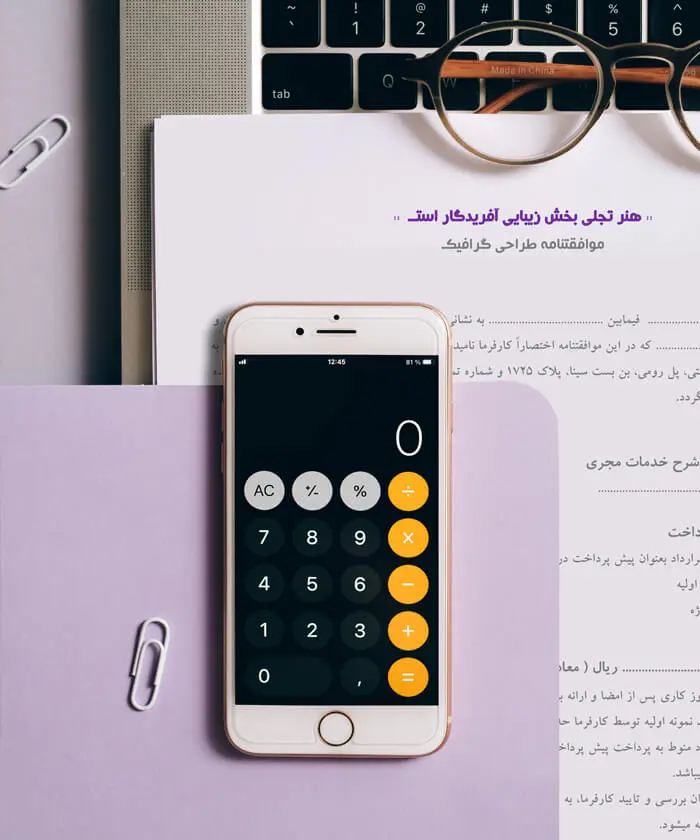Catalogue | Catalog Design
Photo & Design Studio
Graphic Design Studio
Catalogs are booklets introducing goods, services, accommodation sketch, etc. Catalogs are presented by manufacturer or service providers in order to provide generic information about the goods or the services to the customer. Catalogs are products similar to brochures in many respects. But their major difference with brochures is the way in which the subject introduced.
The subject matter in the catalog is enumerated in a list. In other words, only headlines of the subject are presented in the catalog, but in the brochure the details are mentioned accurately. This key difference can also determine the application of catalogue.
To clarify the difference between application of brochure and catalog, let us bring an example: imagine you have gone to a home appliance shop to buy a refrigerator, the seller first gives you several catalogs in which a set of various models of the produced refrigerators from different manufacturers are listed in the form of a table, along with a picture and main product design specifications for each model.
After choosing and buying your desired model, in the next step, it is the brochure of the product which gives you the detailed information on the product including, proper product usage, maintenance, repairing, guarantee… and in one word all the required information about the product.
Also, catalogs generally have fewer pages compared to brochures and this allows for introducing more products or services. Catalogs are quite similar to brochures in other aspects. The principles of the visual elements justification, font size, dimensions, etc., in catalogs are significantly similar to page layout in brochures, though it should be considered that contrary to brochures, catalogs often contain more images than texts. A4 cut size is in wider use in catalogs. As for image sizes, like brochures, they depend three factors which are mentioned in brochure section.
The difference is that, due to the importance of attractiveness, the images used in catalogs are mostly colored and in high quality, whereas images in brochures might be presented in monochromatic or even drawing format. Since catalogs are mostly produced for economical purposes, they attract the audience through images but brochures often place this responsibility on texts. Like brochures, formatting in catalogs can have the three mentioned forms.
In recent years, due to financial concerns and for cost-cutting purposes, presenting catalogs with the characteristics of brochures or vice versa has been very widespread, although this is not recommended, but nowadays the production of catalog-brochure has the same amount as that of catalogs and brochures.
Competition in today’s world: success in business is mostly dependent on effectiveness of marketing. Effective communication/connection with potential customers is of paramount importance for each complex and, as far as this communication is concerned, one of the best and most effective communication and advertising tools is catalog.
Advertising catalogs allow managers and business owners to pursue their goals and fulfill them. This invaluable communication resource provides the audience with important and comprehensive details in an appealing and interesting way and basically, using catalogs makes the information transfer more appealing and pleasant.







